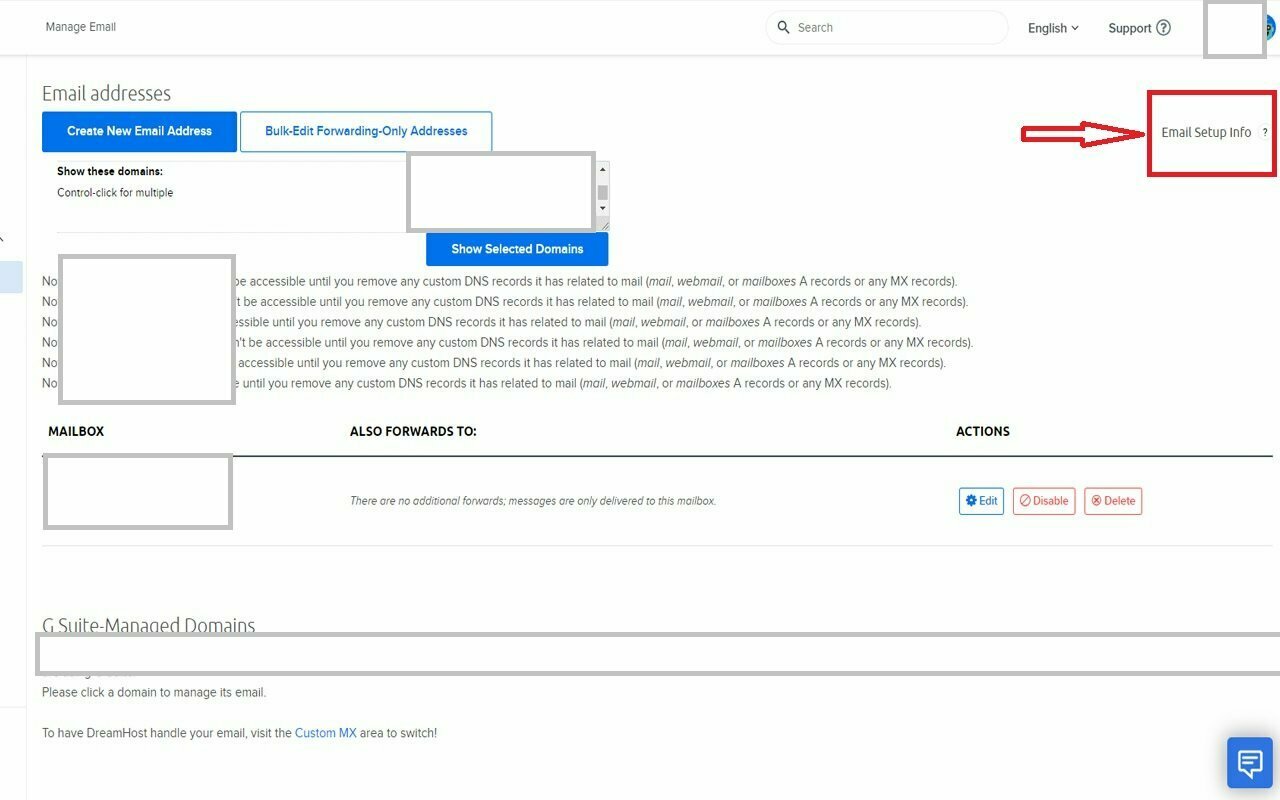


Name ServersĭNS records and name servers work in tandem, but are two different things: DNS stands for “domain name system,” and DNS records hold the information about which IP addresses match which domains. Although it takes multiple steps, your browser can ping the name server, receive a response and direct you to the website you want in a matter of seconds. With the domain name translated into an IP address, the name server can then route your request to the server with the website you’re looking for. For browsing, it’s easier to enter “” for most people, but a computer is more interested in the specific IP address of the web server you want to access. A city or street address is great for most people, but an experienced cartographer is more interested in coordinates. Name servers translate the domain name into an IP address, connecting information that’s easy for humans to understand with information that’s easy for computers to understand. The IP address-a string of numbers with more specificity-is much easier to digest. The domain name-that being, the website name you enter-isn’t easy for a computer to understand. The name server sits in the middle of this process, holding all of the records for which websites are located where. When you enter a website name in your browser bar and hit Enter, your browser starts a process of decoding the website you’re looking for and routing your traffic to the right web server.

Simply put, name servers organize and route traffic across the internet. We’ve gathered everything you need to know about name servers, what they are and why they’re vital to making the internet run. But properly explaining how they work and why they are useful In basic terms, name servers are useful for connecting specific URLs with the correct IP address of the site’s server. These machines are responsible for moving traffic around the internet, but what is a name server, exactly? And more importantly, what do they do? If you own a domain or manage a website, you’ve undoubtedly come across name servers.


 0 kommentar(er)
0 kommentar(er)
